Are Beacons Actually Going to Happen?
Published on March 10, 2016/Last edited on March 10, 2016/13 min read
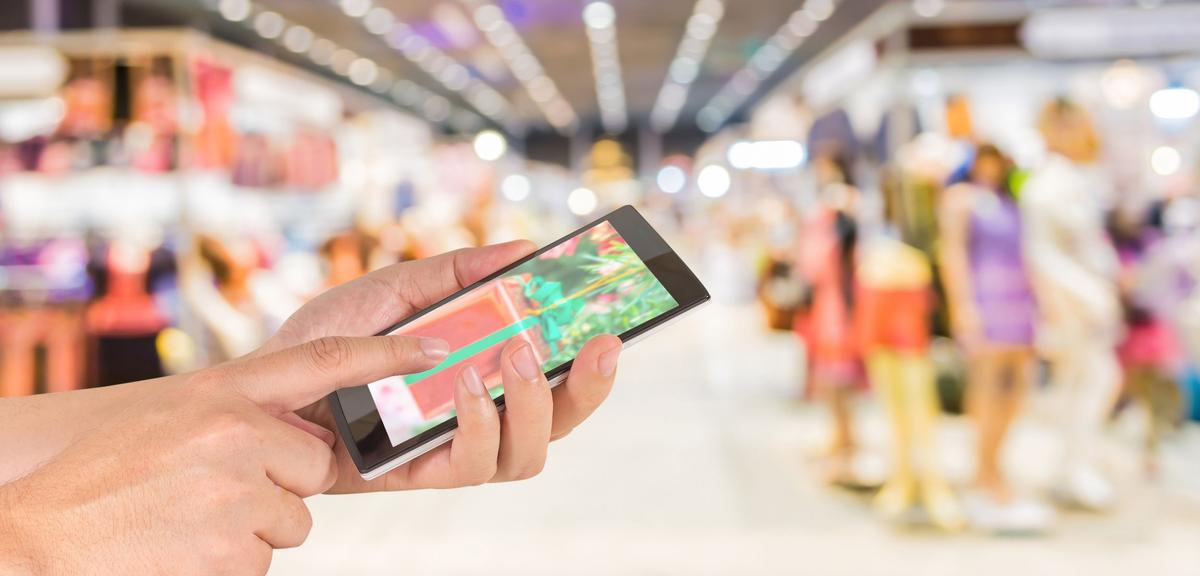

Todd Grennan
Content Production Principal, Content Marketing at BrazeBeacons. They’re small, unobtrusive devices that can communicate with smartphones and tablets via bluetooth low energy (BLE). By deploying them in a store or other brick and mortar location, brands can gather information about customer movements that are far more granular and accurate than traditional, GPS-based location-tracking. Which allows for smarter, more detailed data collection and deeply responsive, personalized messaging.
That’s the idea, anyway.
When Apple announced its beacon technology back in 2013, the reception was rapturous. Wired and TechCrunch and Forbes and The Verge all wrote enthusiastic pieces about the launch and the impact this tech could have on mobile marketing in general and retailers in particular. The Washington Post went even further, publishing an article titled “How iBeacons Could Change the World Forever.”
Three years have passed. Beacons still exist. Google has their own now, too. Some companies are using them. And if you read marketing industry sites or subscribe to industry newsletters, you hear a lot about beacon marketing. (I received more than 100 email newsletters referencing beacons in the past year, for instance.) But it also doesn’t really feel like we’re living in a world that beacons have changed forever.
So, what’s the deal? Are beacons still the location technology of the future, or is it all just hype? And why haven’t they made more of an impact? Here’s what we know.
The promise of beacons
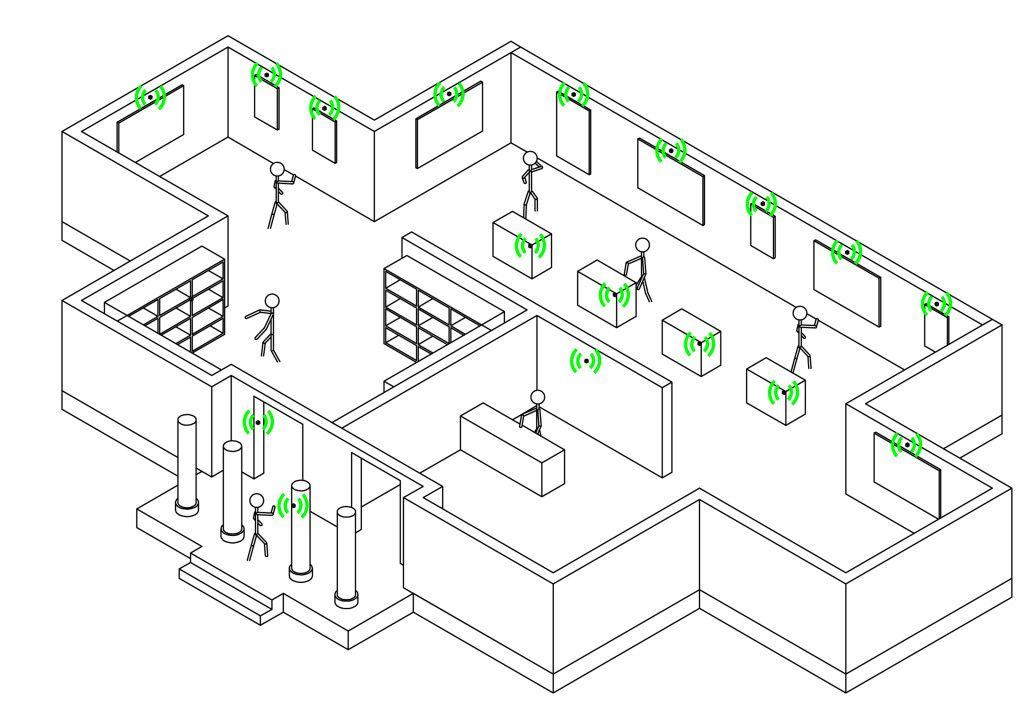
Source: RFproximity
Imagine that it’s 2013 and your brand is a long-established retailer with brick and mortar locations. Mobile is already very much on the rise, giving you new tools and new opportunities to reach, monetize, and build relationships with your customers, but also making it possible for emerging, mobile-first companies to compete seriously with you. With mobile, your brand has the ability to collect detailed information on customer behavior and then use it to power targeted, personalized campaigns that drive customer retention and higher revenue. That’s great, but what about all of your brick and mortar stores? Are they just going to be left behind as mobile use rises?
Then you hear about beacons. And suddenly, it seems like there might be a way to bring the in-store experience into the modern era. According to PC Magazine, “This technology could provide retailers the long-desired solutions and insight needed to incorporate mobile commerce and improve your shopping experience.” That sounds pretty good. But how are beacons going to do that?
1. How beacons could improve customer data collection
Forbes suggested that beacons would be “especially useful in places (like inside a shopping mall) where GPS location data may not be reliably available” and noted that “BLE allows for interactions as far away as 160 feet” with greater sensitivity than GPS or Wi-Fi tracking methods. That should make it possible for you to understand how your shoppers are engaging with your brand’s physical location just as well as you understand how they’re using your app or website.
A well-designed beacon network should allow you to track how customers move through each store, aisle by aisle, display by display. With that kind of detailed data, you’d be able to optimize the design of every store, understand what is and isn’t working about your in-store experience, and take advantage of granular information about what displays a given customer stopped in front of (and how long they paused) to improve your audience personalization and targeting, among other benefits.
2. How beacons could support more responsive messaging
According to Wired, beacons were poised to have a big impact on the “world of retail, where there’s potential for shops big and small.” The piece cited responsive messaging as an example of that potential, noting the beacons could allow retailers to “make specialized offers to customers depending where they are in the store.”
Think about what happens when a customer expresses interest in an item or adds it to their cart on your mobile app, but leaves the app without buying. On mobile, you can use push notifications and other messaging channels to send them a campaign that nudges them to complete the purchase, increasing the odds that they end up buying. In your retail stores, however, a similar non-sale is probably a lost cause. Even if a sales associate notices that a customer is lingering in front of a display, or has picked up an item, if they can’t convince the shopper to complete the sale before they leave the store, there’s no effective way to gather that customer information or act on it later.
But with beacons, that could change. If a customer pauses in front of a particular display, you could automatically send a message to their smartphone offering them a discount if they buy the item today—or encouraging them to check out complementary products you have on sale two aisles over. And when a customer leaves a store without buying, your brand could reach out to them later on mobile, offering a discount on the product they looked at.
The reality of beacons
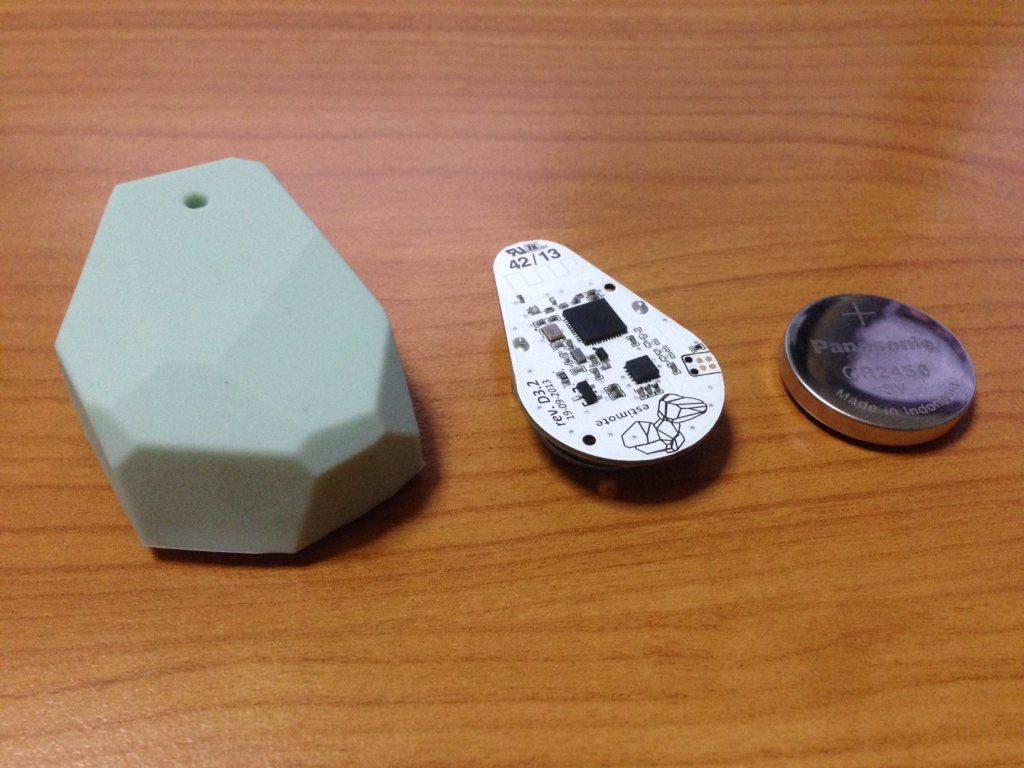
Source: Code Magazine
It all sounds pretty great. Automated, in-person data collection. More responsive messages. Integrating your brand’s mobile and in-person presences in ways that enrich both. But now it’s 2016 and the impact of beacons hasn’t caught up with the hype: while BI Intelligence projects that 85 of the top 100 largest retailers will be using beacons by the end of 2016, only 3% of U.S. retailers were using beacons in 2015 and only 16% had any plans to start using them.
A lot of brands have installed beacons in their physical locations, or announced trials of the technology: Macy’s. Yelp. Sephora. CVS. Barney’s. And according to eMarketer, most brands that have tried beacons are satisfied with them.
So why haven’t beacons taken off the way everyone expected? We dug into more than 40 beacon-focused articles written over the past three years and identified these possible factors:
1. Implementing beacons can be a struggle
Installing, managing, and maintaining beacons in large numbers across a vast network of locations is a major undertaking that requires significant planning and testing to carry out. But even using beacons in a single location can present significant issues.
In a piece on the Brooklyn Museum’s blog, Shelley Bernstein, the museum’s vice director of digital engagement & technology, detailed the widespread issues that she and her team dealt with while trying to deploy beacons. Saying that “the practicalities have been difficult,” Bernstein noted that, in her experience:
- Beacons come in limited colors, cutting down on the places they can be located unobtrusively
- Beacons are often too heavy for the adhesive used to keep them in place, leading them to fall off walls
- Beacons lack serial numbers on their cases, making it hard to tell one beacon from another
- Beacons run on batteries, but it’s unclear how long those batteries will last before they need to be replaced
- Beacons begin working before they’re installed, requiring the Brooklyn Museum to keep them in cookie tins (really!) until they’re ready, in order to avoid erroneous data
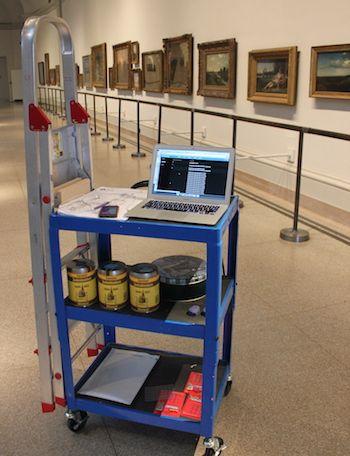
The Brooklyn Museum’s beacon installation cart, complete with cookie tins (Source: Brooklyn Museum)
While Bernstein said that the beacons have provided value, the Brooklyn Museum nonetheless expects to replace them with another location technology in the short term.
2. Beacon signals are often obstructed by physical objects
When retailers were polled on their reasons for being interested in beacon technology last year, 65% cited the ability to track their customers aisle by aisle as a major factor. But while the benefits of that kind of tracking are obvious, it’s less clear that beacons have the ability to accurately and consistently provide that detailed customer data.
According to Bernstein, her team at the Brooklyn Museum found that beacons’ bluetooth low energy (BLE) signals were often blocked by physical objects. “The problem is so bad, in fact,” she said, “that I can be standing directly beside a beacon on the wall, and will find a stronger signal coming from one across the room.” In order to improve the accuracy of the information provided by the beacons, Bernstein’s staff has had to carry out significant additional coding in order to improve the odds that the beacon that interacts with a customer’s device is actually the closest one.
3. Beacons require customers to opt in… a lot
A customer steps into one of your stores. Walks toward the menswear section. Pauses in front of a display showcasing bell-bottoms. You’ve put a beacon there, allowing you to automatically trigger a message offering customers 10% off all lime-green bell-bottoms if they buy now. But in order for a customer to receive that message, they need to:
- Have their smartphone or tablet on them
- Have already downloaded your app
- Have opted in to push notifications
- Have bluetooth enabled on their device
- Have opted in to receive in-person notifications powered by beacons
That’s a pretty tall order. Even getting a customer to download your app and opt in for push notifications can be a difficult proposition. And while BLE uses far less energy than traditional bluetooth, it’s not at all uncommon for people to leave bluetooth turned off. (Check your phone right now and see if you have bluetooth activated—I didn’t.) Every additional action that a customer needs to take will increase the number of people who don’t bother, significantly limiting the reach and effectiveness of your beacons.
And while people are so attached to their phones that 71% sleep with or next to them, that doesn’t necessarily mean that shoppers will have their mobile devices accessible while they shop in person. Venkat Gopalan, senior director of architecture and development at Sephora, said that his company found that most of their shoppers “carry their phones in their purse,” making it hard to capture their attention with beacon-driven notifications. He also noted that customers often “walk so fast from one department to another [that it becomes] pretty tough to message them.”
That means that for a lot of shoppers, a printed sign declaring a sale may well do a better job reaching and engaging customers than a network of beacons can.
4. Customers haven’t been sold on the benefits of beacons
According to Tim Zimmerman, research vice president at Gartner, “many [beacon] projects have failed because the architect was enamored with the mobile application capabilities and back-end application functionality without understanding whether the beacon components could broadcast the right information to the right constituency.” Because customers have to opt in multiple times for brands to get the full value of their investment in beacons, using beacons in a way that doesn’t add value can negatively impact perceptions of beacons and make it harder to convince customers that they should opt in.
And getting customers on board with beacons is proving to be a struggle. When polled, 30% of people said that messages like the notifications triggered by beacons are “very annoying” and 62% don’t want brands to track their in-store movements. For beacons to have a major impact, brands are going to have to find ways to overcome customers’ skepticism. That hasn’t happened yet.
The future of beacons, or something like them
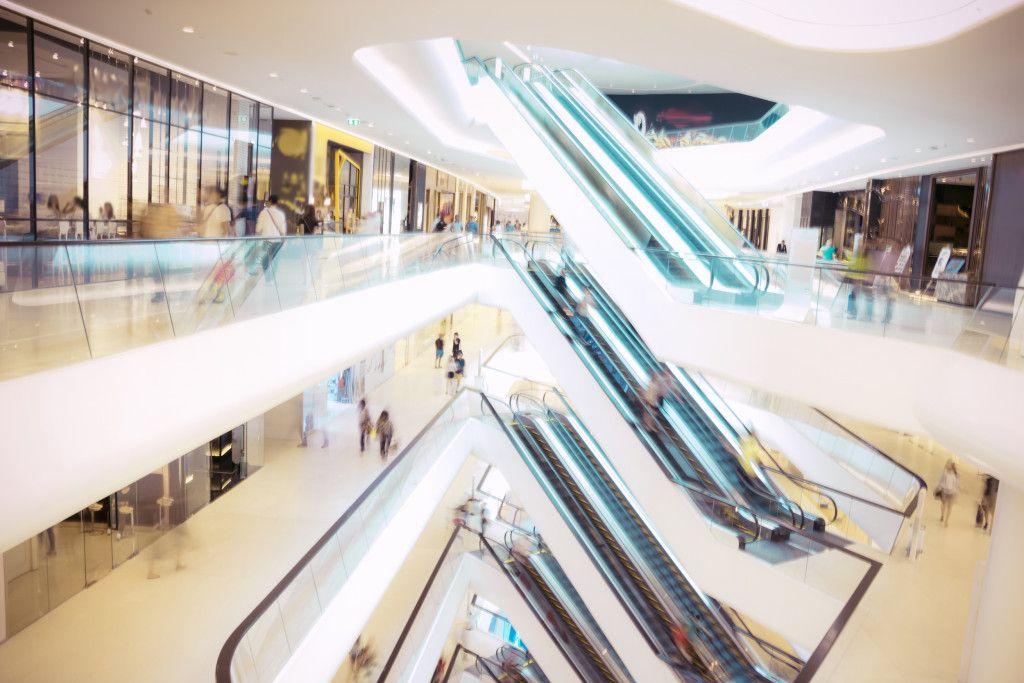
It’s hard to say whether beacons will ever live up to their early promise. Some retailers have bypassed the technology, preferring to use Wi-Fi to keep track of their customers’ in-store movements, and others are waiting to see whether beacons take off before making an investment.
Whether beacons take off or not, the attention they’ve commanded is a sign that brands are looking seriously for a way to understand and respond to their customers’ in-person activity. Maybe that’ll be beacons. Maybe not. If beacons ARE going to play a major role in the future of marketing, here are a few developments that might lead the way:
1. Brands using beacons in unexpected ways
While concrete numbers on the ROI associated with brands’ rollout of beacons have been hard to come by, there’s at least one small success story. At Levi’s Stadium, home of the San Francisco 49ers, the installation of 1,000 beacons made it easier for ticketholders to find their seats and to have food and drink delivered to them, increasing the stadium’s concessions revenue by $1.25 million.
In fact, using beacons to assist customers in finding their way, instead of messaging them as they wander, seems to be on the rise, with multiple airports, Germany’s Panorama Berlin trade show, and the University of Oklahoma’s college library, among others, taking advantage of the technology. In addition, some brands have begun using beacons to better assist customers with accessibility needs: a bank in Australia and a bus company in Romania are using beacons to notify staff when people with mobility issues need assistance.
According to Appboy co-founder and CTO Bill Magnuson, beacons could be used to boost customer service—at least in certain industries—if they’re used to message staff members, rather than customers. “For luxury brands, car dealerships, and other companies where strong customer service is essential,” he said, “beacons could be a real asset. By setting them up near the entrance and messaging sales staff with information about the people who enter, such as their preferences and purchase history, brands can deliver a more personal, more responsive experience that customers will actually appreciate.”
2. Brands partnering with popular apps to expand beacons’ reach
One big obstacle to beacons’ usefulness is that customers have to download a given brand’s app in order for them to be tracked and messaged using beacons. But in recent years, a few brands have begun taking advantage of the growing platform economy to increase the impact of their beacons. In China, Pizza Hut rolled out beacons in more than 1,400 locations—but instead of requiring customers to have a proprietary Pizza Hut app, they partnered with messaging app WeChat to deliver outreach to their in-store audiences. Similarly, grocery store chain Food Lion has partnered with the popular Shazam music app, making it possible for Food Lion coupons triggered by beacons to appear within Shazam for customers who have the app.
3. Google changing the beacon game using the mobile web
In 2015, reports leaked out that Google had canceled a planned beacon-focused initiative—known as Google Here—that could have allowed brands to piggyback on the popularity of Google Maps. Under the plan, Google would have distributed beacons to businesses and allowed those brands to send push notifications via the highly popular Google Maps, increasing the chances that customers would be able to receive beacon-driven notifications; however, Alphabet CEO Larry Page reportedly canceled the program due to concerns about sending push notifications via Google Maps, among other issues.
But it turns out that Google isn’t done with beacons. After launching its own beacon format, Google recently announced plans to support third-party beacon notifications—not through Google Maps, but using Chrome for Android (and eventually iOS). Under the plan, customers will be able to opt in for beacon-triggered notifications on Chrome, allowing brands to reach them via their browser. That could significantly expand the number of people that beacons can track and engage, making it easier for the technology to reach its potential.

Releated Content
View the Blog
The new inbox reality: How iOS changes are reshaping email marketing

Aparna Prasad

Experience optimization: Turning data insights into better journeys

Team Braze

December 2025 Bonfire Marketer of the Month: Jagex’s Emma Oliver
